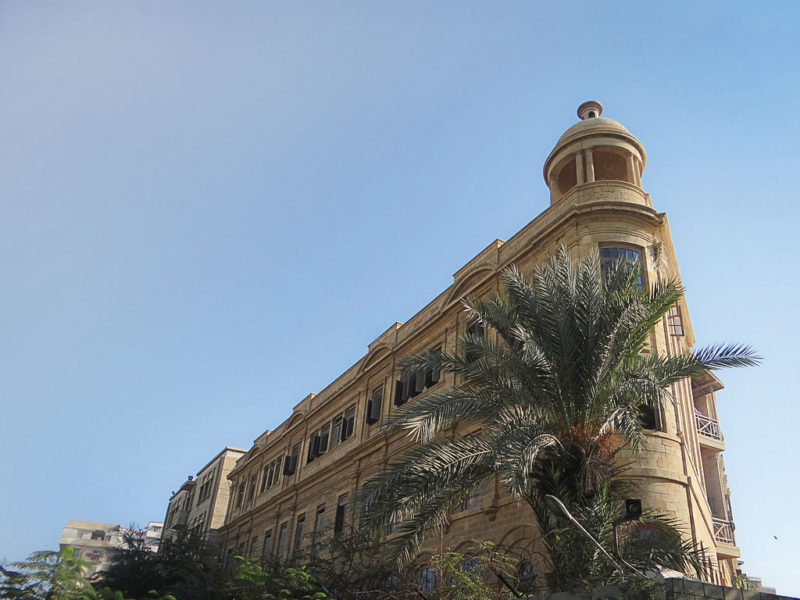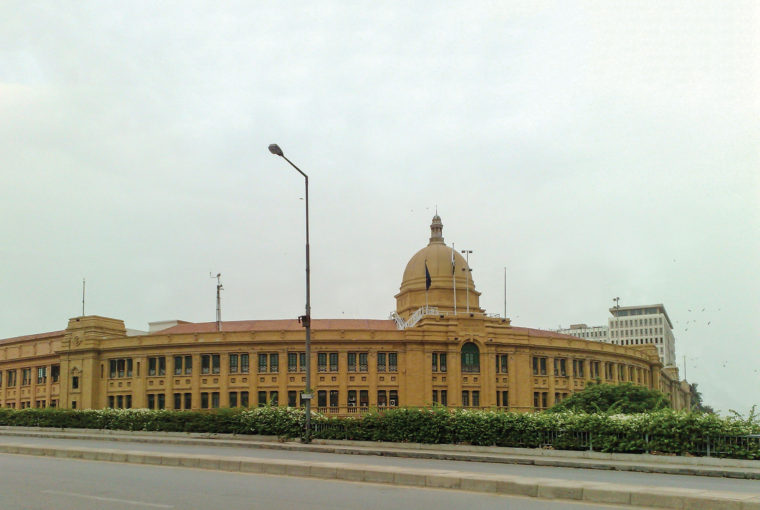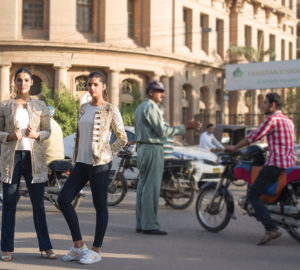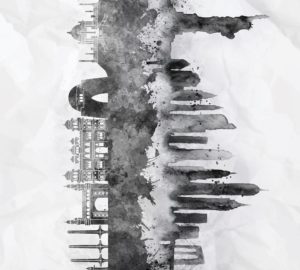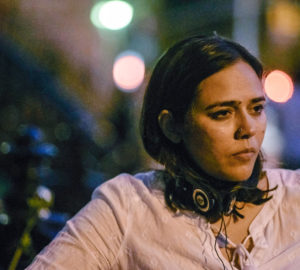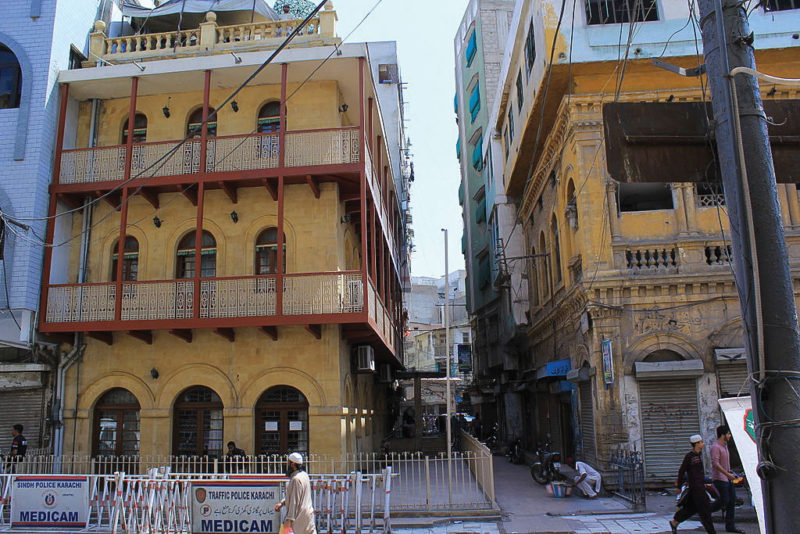
Kharadar is to Karachi what the Gothic Quarters are to Barcelona and Plaka is to Athens – the heart of the city. If only the neighbourhood was half as cared for.
One of the two gates to the old city of Karachi built in 1729, Kharadar clearly has a life of its own – anyone who has ever visited will bear testament. And as they say, don’t judge a book by its cover; first timers be forewarned, don’t gauge the vicinity by its appearance. It is anything but brackish as its name suggests. The abysmal state of basic infrastructure in the area by no means defines what a treasure trove Kharadar has continued to remain over the decades. An intricately woven web of narrow streets that goes on for miles tells the tale of a Karachi bygone.
Kharadar and its periphery have been home to two of country’s greats. In one its many bylanes stands tall the ancestral home of none other than the father of the nation, Muhammad Ali Jinnah. And just a few yards away in Mithadar, adjacent to Kharadar’s northern edge, is the abode of the legendry Abdul Sattar Edhi – the very same premises from where even after his passing, his unmatched legacy still flourishes.
I reached the ground floor of the building to find the usually buzzing office space transformed. There were no desks with staff tending to those in need. The sofa by the front entrance where the grand old gent once sat greeting visitors every evening was now empty. The air was stiff with the fragrance of incense and fresh rose petals wilting in the heat. Preparations were underway to bid a final farewell to the man whose passing, many say, has orphaned Pakistan. And just past noon, amid the sounds of wails and clicking cameras, the bolted door finally swung wide open. As I watched the casket carrying the mortal remains of Mr. Edhi being draped in the national flag and taken out of his home on the shoulders of his loved ones, I knew that Pakistan as a nation was poorer without him.
The labyrinth that is Kharadar has many such stories to tell. A symbol of the city’s pre-colonial history, it is this very neighbourhood that every year in Muharram, becomes the centre of congregation. Home to city’s oldest and most revered imambargahs, it here that those marking the martyrdom of the family of Prophet Mohammad (P.B.U.H), gravitate. And on Ashura, it is these very streets where mourners gather together to commence a multitude of processions that eventually combine to form a mammoth sea of people.
It is not only the Shias that Kharadar and its surroundings hold religious significance for but also the Ismaili, Bohra, Hindu and Christian communities. Sprawling jamaat khanas, temples and churches in the purlieus of the neighbourhood stand witness to the old city area’s multi-cultural fabric that brings together a cross-section of communities and ethnicities. Contrary to what its name suggests, Kharadar is evidently no gated community – never has been.
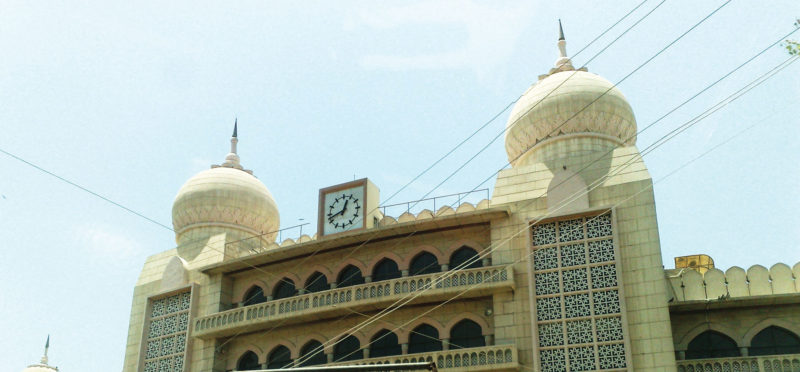
What is now a fad in the rest of Karachi, Kharadar mastered decades ago. The currently very popular roadside tea houses that dot the length and breadth of DHA are a derivative of a Kharadar classic – the legendry Baakra Hotel. Named after the rustic wooden benches that flank its entrance, this café is acclaimed across the city for its classic tea and some of the finest sweet and savoury treats.
However, one of the most famous exports from Kharadar is the age-old Nusserwanjee Building, moved brick-by-brick from this very neighbourhood to the Clifton area, along the shores of the Arabian Sea. This heritage block now houses one of Karachi’s premier universities, the Indus Valley School of Art and Architecture. It was here that I attended school and travelled from to Kharadar almost weekly via rickshaw (three-wheeler) to buy the finest weaving threads for class projects and later my thesis; a pleasant irony.
I recently drove through Kharadar on a three- wheeler after years. This time around, I wasn’t shopping for yarn though. As my rickety ride swerved through pot-hole upon pot-hole and braked abruptly in nightmarish traffic, I soaked in my surroundings in sheer and utter amazement. No one corner was the same, no one lane like the other. From the most intricately detailed metal-cast balconies to stacks upon stacks of wholesale garments, from a myriad of toys to undoubtedly the finest and most decadent malpura you’ve ever tasted – every bend was an adventure waiting to happen. Only one constant – Kharadar burgeons en masse.
And for those of you haven’t yet had the experience of visiting, no better time to plan for than the month Ramzan, when every nook and cranny of Kharadar and its environs embodies the spirit of giving and sharing. From dusk to dawn, the neighbourhood thrives as a representation of the city’s generosity. Seeing is believing.
